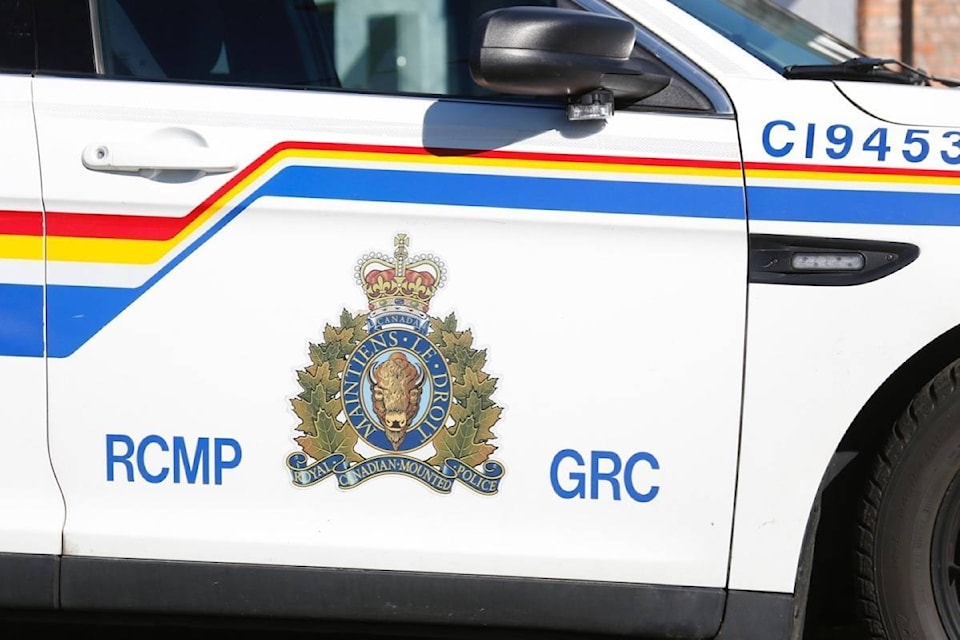Oceanside RCMP is requesting an additional officer to deal with traffic in the electoral areas of the Regional District of Nanaimo.
The District 69 Justice Select Committee, at its Feb. 16 meeting, indicated that it wants to know how much this would cost Electoral Areas E, F, G and H and how much residents would have to pay for the extra police staffing.
The way the funding for policing is currently set up, under the Municipal Police Unit Agreement with the province, municipalities between 5,000 and 14,999 population pay 70 per cent of their policing costs, while those in municipalities under 5,000 population pay nothing. The remaining 30 per cent is paid for by the federal government. Rural property owners pay a rural property tax but the amount collected does not cover the full costs of the service.
At present, both Parksville and Qualicum Beach fall between 5,000 and 15,000 population, resulting in both having to subsidize 70 per cent of the policing costs, as well as 100 per cent of other expenditures such as the detachment building and support staff.
Bill Veenhof, Electoral Area H Director, asked RCMP Cpl. Jesse Foreman if the detachment really senses that need for an additional officer for the rural areas.
“Depending on how you want to look at it, but in terms of people asking for increased police presence, especially in Qualicum Beach, north Qualicum, Bowser area, the calls are all traffic-related incidences,” said Foreman. “They want more (police) presence.”
Julian Fell, Electoral Area F Director, came up with his own calculations on his area’s contribution to the policing costs. His research was prompted when, at the last meeting in October, Qualicum Beach Director and Mayor Teunis Westbroek claimed that the town is paying more than its share of policing.
“Following up on this, I checked my own tax bill and calculated from relative assessment values that Area F was contributing about $210,000 to policing costs. With the provincial 30 per cent added, this would be enough to pay for three officers. By extrapolation I guessed the Electoral Areas would be contributing enough to pay for 12-14 officers.”
At present, the electoral areas pay for 13 police officers. In Parksville, 16 officers have been assigned to the city while the Town of Qualicum Beach has eight. The calls from each area as they relate to funding in 2016 were, 49.1 per cent in Electoral Areas E, F, G and H, 41.3 per cent in Parksville and 9.6 per cent in Qualicum Beach.
Fell calculated that the electoral areas with 56 per cent of the population are paying for 35 per cent of the officers and cause 49 per cent of the service calls. Parksville, which has 29 per cent of the population, pays for 43 per cent of the officers and sources 41 per cent of the service calls. Qualicum Beach, which has 19 per cent of the population, finances 22 per cent of the officers and sources 10 per cent of the service calls.
“Parksville appears to be paying in proportion to the service use,” said Fell. “The electoral areas are underpaying and Qualicum Beach is overpaying.”
The province determines how many police officers patrol the rural areas, according to Phyllis Carlyle, RDN chief administrative officer.
“If the electoral areas felt they were not properly policed, they can write a letter to the province asking the province to increase the number of provincially appointed members of the detachment,” said Carlyle.
Currently, the police-to-population ratio is 1-to-574 for the electoral areas, 1-to-782 for Parksville as well as 1-to-736 for an additional Parksville traffic investigator, and 1-to-1,118 for Qualicum Beach.
Veenhof made a motion directing staff to produce a report on increasing the population ratio in the rural areas for both traffic and crime prevention.
Carlyle advised the committee that the population ratios in Surrey, Vancouver and Richmond are much lower. She pointed out that it would be difficult to convince the province to change the current ratio locally, as it is better than most heavily urbanized areas that have high crime rates.
